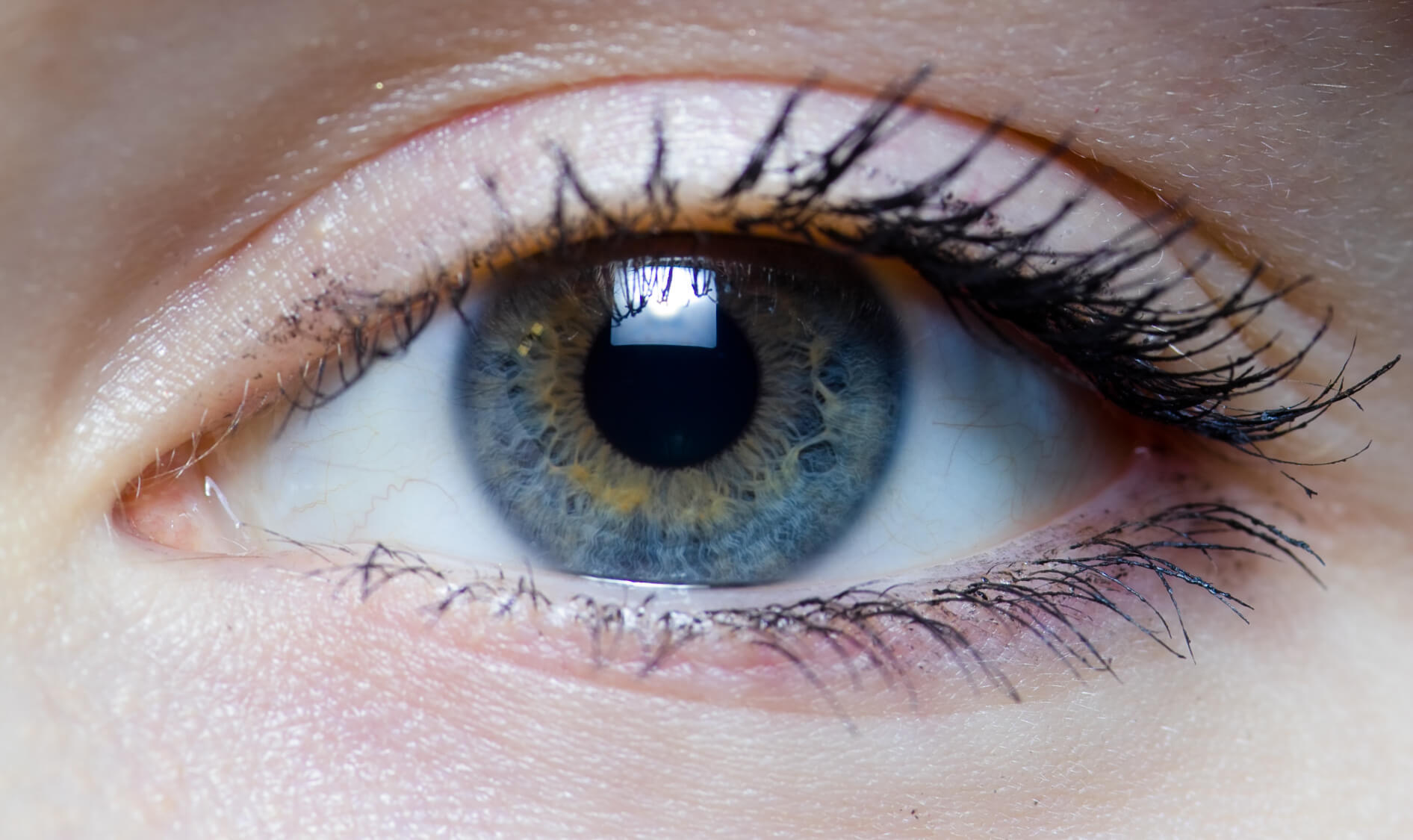Eye spy a scientific breakthrough
Rhian Lewis, 49, suffers from a disorder called retinitis pigmentosa. This hereditary condition gradually destroys the photoreceptors in the retina, impairing vision. One in 3-4000 people in the UK currently have this disease. The extent and severity varies person to person, but in Rhian’s case, it left her almost completely blind by the age of 16. John Radcliffe Hospital’s new clinical trial are implanting six patients cutting edge ‘bionic eyes’.
No cure currently exists for blindness caused by retinitis pigmentosa but the restoration of vision by various electronical visual implants has made huge improvements. Rhian was fitted with the implant in June. The implant is 3mm2, contains approximately 1,500 light sensors and works by sending pulsed electrical signals to a computer implanted in the skin. Interestingly, after years of dormancy, the brain will have to re-learn how to interpret these light signals into shapes. This process can take a few weeks, but Rhian describes her ecstasy to get sensation in her eye again: “there was like this flashing in my eye, which has seen nothing for over 16 years, so it was like, oh my god, wow!” The device is powered by a small magnetic coil that resides on the surface of the skin and is similar in size and appearance to a hearing aid.
The impact of this implant has been huge for Rhian – “ It’s been maybe eight years that I’ve had any sort of idea of what my children look like” and she has also praised the device for improved confidence and independence. She likened simply being able to locate a plate and a cup on a table to being a child on Christmas Day! “When I locate something, especially like a spoon or a fork on the table, it’s pure elation”.
The ‘bionic eye’ is constantly being developed and is currently on its second generation. Huge improvements have been made in the device: the patients, who were fitted with the first generation device in 2012, could distinguish curved lines or straight lines from each other; Rhian is able to read a clock. Rhian and the others who have the implant are able to control the contrast, frequency and the sensitivity of the implant by using a handheld remote. Some improvements could still be made however; the chip has a resolution of less than 1% of a megapixel.
Based on the success of the trial of the implant, the device may be offered on the NHS. Furthermore, there are hopes that this device could also be used in the treatment of other diseases, like age-related macular degeneration. Given the speed of development of this device, it would be interesting to see its status in optometry in the next 5 years.

Comments